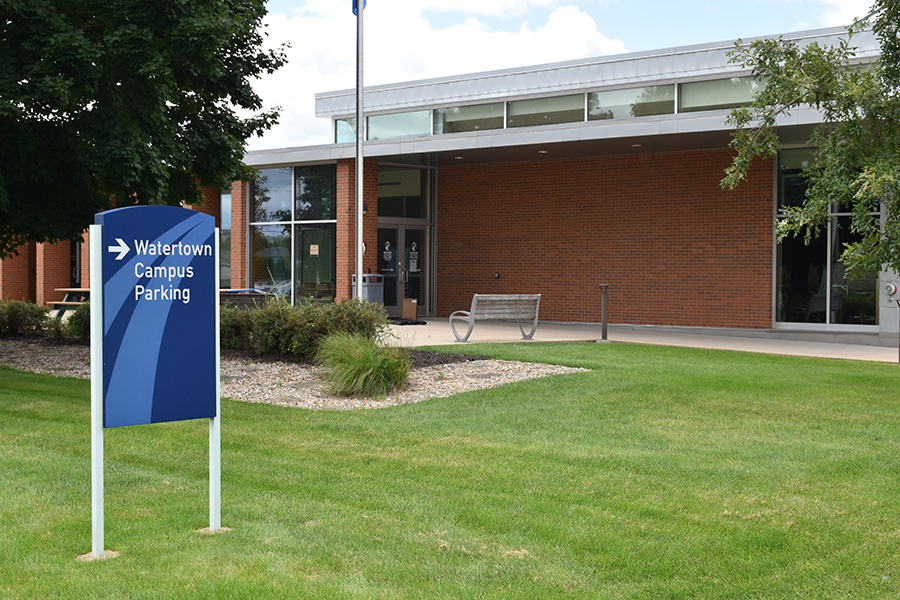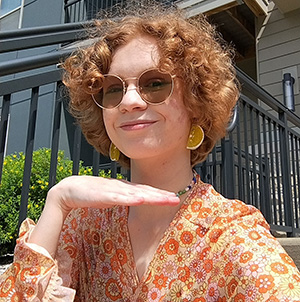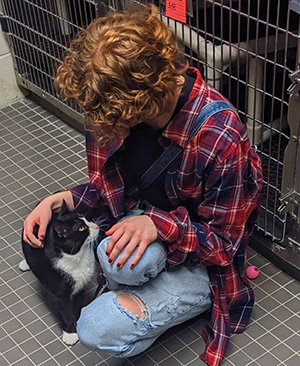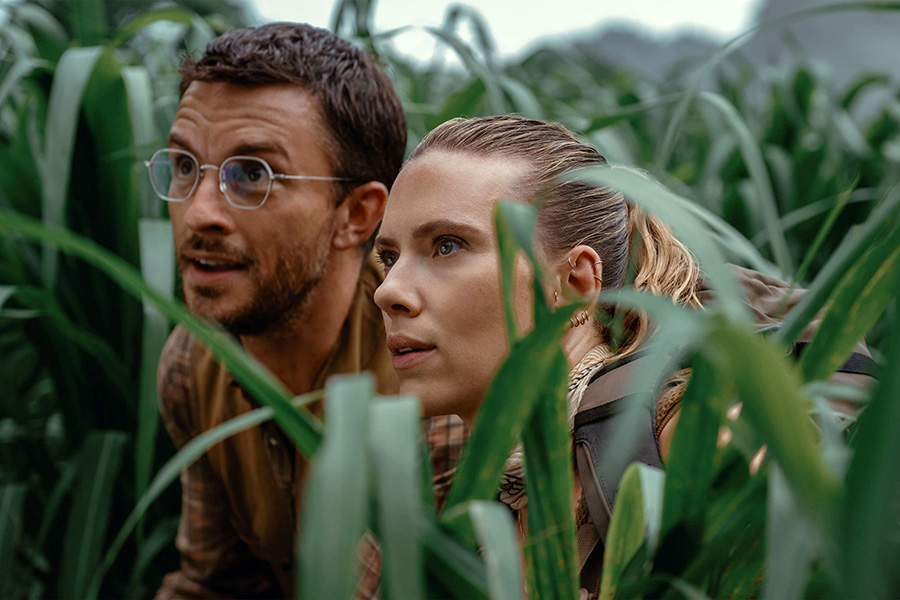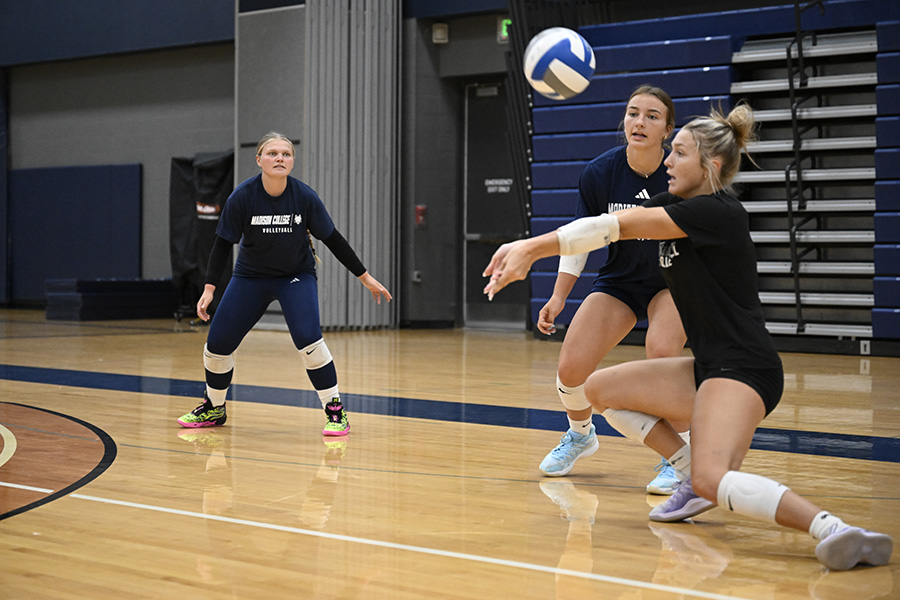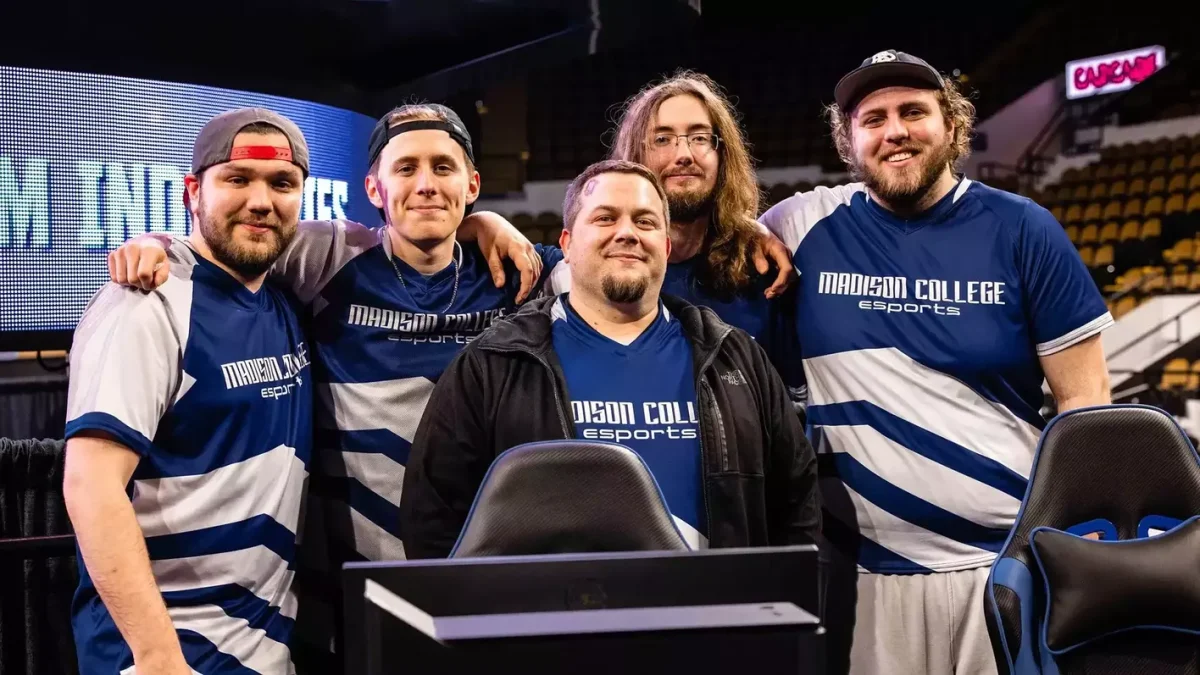Shining light of discovery
Researcher among those in awe of Homo naledi finding
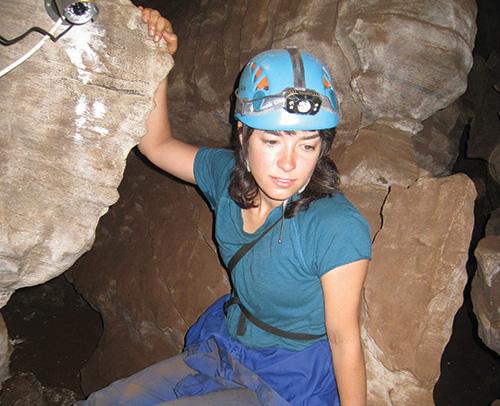
Alia Gurtov inside the Rising Star cave where the new species Homo naledi was discovered.
October 13, 2015
Editors note: Writer MJ Mathy has a personal connection to Alia Gurtov and had the opportunity to interview her about her time in Africa.
What comes to mind when you think of a scientist? Brains? An unquenchable thirst for knowledge? Alia Gurtov has that and more.
Gurtov is currently a graduate student in the UW Anthropology Department specializing in early hominin behavioral analysis. Most recently, she is one of six female researchers instrumental in the excavation of arguably one of the most important fossil finds in human history – a new species referred to as Homo naledi.
The discovery of this hominin ancestor in an area known as the “The Cradle of Mankind” near Johannesburg, South Africa, along with the research and analysis to come, may represent a new way of looking at where we’ve been, where we are, and where we may be going.
Gurtov was born in Riverside, California, and raised in Portland, Oregon. Read to frequently as a child, she developed a fertile imagination and a love of books. Having a mother cognizant of life’s spiritual aspects and a father steeped in academia as a university professor, she honed a natural curiosity about the world around her.
Like many children of the era, some of whom went on to pursue careers in the field of archeology, Gurtov found inspiration in the dinosaur.
In describing the book, “Dinotopia,” Gurtov reverently described the story of a father and son shipwrecked on an island inhabited by dinosaurs. Listening, you couldn’t help but wonder if had she seen “Jurassic Park” as well?
“Heck ya!” she good-naturedly answered.
Inspired by her early experiences, Gurtov completed a physical anthropology class at a Portland technical college her senior year of high school. This led her to pursue an undergraduate degree from Wellesley College (the esteemed institution of higher learning for women in Boston Massachusetts whose alumni include presidential candidate Hillary Clinton and former Secretary of State Madelaine Albright).
At Wellesley, she studied under Professor/Archeologist Phil Kohl who fueled a passion for the field of human evolution within her. A fellowship to travel and excavate followed, helping hone her skills. Then graduate work at Leiden University in the Netherlands, a place Gurtov described as a “lovely medieval town surrounded by a star-shaped moat in which I had the privilege of living in a house dating back to the 1600s.”
Gurtov’s next move was to Madison.
“John Hawks will love this if he doesn’t already know,” she offered in jest while explaining how she chose to come to the University of Wisconsin. Hawks is a paleoanthropologist and UW professor who was one of the principal investigators for the Rising Star Expedition.
According to Gurtov, her advisor at Leiden suggested she read Hawks’ blog to stay on top of all things paleoanthropological. As fate would have it, Hawks visited Leiden University while Gurtov was still in attendance. After meeting him, it was not long before she asked “Is there room for me at the University of Wisconsin and if so, can I come there for my Ph.D.?”
All of this led to Gurtov answering the online request of paleoanthropologist Lee Berger, who was seeking to assemble a team of researchers in the fall of 2013 for the Rising Star Expedition in Africa.
So it was that Gurtov found herself standing at the entry to the Rising Star Cave with Berger, Hawks and a “cast of hundreds” looking on that memorable day in November of 2013.
Although not the first to descend, Gurtov’s opportunity came and she described the paramount feeling as “wanting to do this thing right.” There were other cavers en route to provide safety assistance, including the original discovery team of Steve Churchill and Rick Hunter.
But there were many stretches along the 20-minute trek that Gurtov found herself alone and barely able to turn one way or another. It is here she had the wherewithal to take a moment to absorb the moment and in her words “commune with the environment.”
There were many interesting challenges inside the cave. She had to make it through the squeezes such as Superman’s Crawl, which was only 10 inches high. She climbed up Dragon’s Back, a jagged rock wall, placing her feet where they wouldn’t dislodge. And there was the difficulty of attaching her safety harnesses in near darkness.
On the final descent down the shoot, Gurtov describes “having to keep my head turned to the side with hardhat on in order to ease through, all the while feeling with my feet for areas of support until finding a ladder placed near the drop zone.” There Hunter waited to assist.
One final crevice led to the opening of the Dinaledi Chamber.
There before her eyes they lie. “Bones everywhere! All over the surface.”
Alia was silent now…reverent in her remembrance of that special moment. When asked what she felt at the time, she breathed, “Overwhelmed.”
“I knew intellectually that this was scientifically significant, but personally this was an experience I never in my life thought I’d have. To be in the presence of an ancient relative,” she said.
“This whole expedition had been organized thinking there was one skeleton in there … it’s hard to say with words … maybe now it’s imaginable.”
Gurtov shared that one of the six researchers, upon seeing the sight, was overcome with emotion and tears.
Two weeks into the expedition Gurtov literally left her mark on the cave. Moisture had been building in the cave due to the breathing of the cavers and researchers traversing the route. Additionally, moist soil was working its way up the cave surface on the soles of shoes.
Gurtov lost her footing while suspended in the shoot and fell a few feet below, racking her shin on a jagged edge. Excruciating pain ensued. Feeling down her leg in the darkness to the wound site and touching the raw, bloodied flesh she said, “left her nauseous.” Able to somehow gather herself while the expedition crew top-side made arrangements for an ambulance, Gurtov again propelled herself out of the cave.
Thankfully there were no broken bones. She received stitches and bravely returned to the cave the following day.
Based on the expedition’s findings and in conjunction with a research symposium held at the University of Witwatersrand in the spring of 2014 with teams of young scientists from around the world, the excavation yielded the bones of 15 separate hominids of various ages, “ranging from infants to the very old.” There wasn’t evidence of predatory involvement as no teeth marks nor drag marks were found. Researchers thus far believe Homo Naledi intentionally brought the bodies to the cave.
Surprisingly, the discovery of a new species may not be the most important aspect of the expedition’s findings. Gurtov adds, “that we now know the human tree is more like a bush; there were various species around with different ways of adapting to local environments. We are finally getting more pieces to the puzzle.”
“When all of the findings are together it paints a behavioral picture that is very much a challenge to our conception of what early human ancestors were capable of with the cranial capacities they had; which was a little over a third of our own,” she said.
“All of that makes this such a major contribution to our understanding of human evolution.”
Of course, the discovery has led to an avalanche of media attention. Gurtov has been interviewed by the Wall Street Journal and for the October issue of National Geographic. She was also seen in the Nova special, “The Dawn of Humanity.”
“It’s been overwhelming in a mostly good way,” Gurto said.
“When I signed up for this, there was of course no way of knowing the outcome … which was beyond imagination.”




